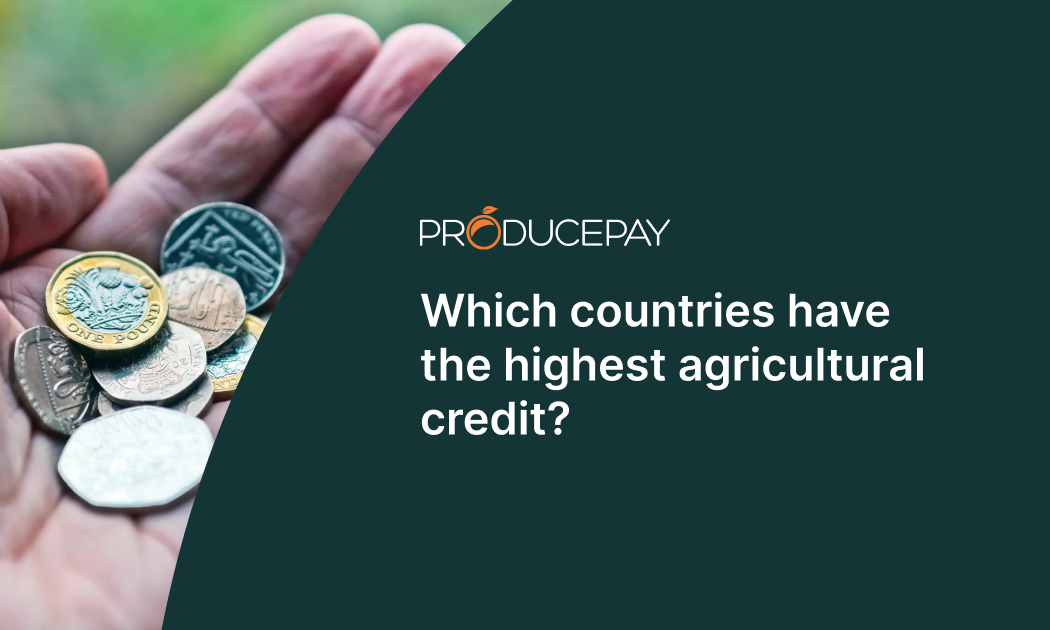
Which countries have the highest agricultural credit?
According to FAO data, the United States has the highest agricultural credit in the world, with $66.08 billion in financing in 2021. The U.S.’s top position is attributable to its strategic focus on agriculture as a vital sector and its ability to offer farmers a wide range of financial services.
France and Australia hold the second and third positions on the list with $58.88 billion and $57.48 billion in agricultural credit, respectively. Germany comes in fourth place with $55.27 billion, while Italy places in fifth place with $40.3 billion.
Key institutions providing agricultural credit
Several institutions offer agricultural credit on a global scale. These organizations provide essential financial assistance and guidance to growers, ensuring the sustainability and growth of the farm sector . The primary non-government lenders, include:
- The World Bank: Through its financial division, the International Finance Corporation (IFC), the World Bank provides agricultural financing through loans, guarantees, and other financial instruments.
- Inter-American Development Bank (IDB): The IDB Provides financial support to agricultural projects in Latin America and the Caribbean. It offers loans and technical assistance to improve agricultural productivity, strengthen value chains, and promotes financial inclusion in the agricultural sector.
- International Fund for Agricultural Development (IFAD): A specialized agency of the United Nations, the IFAD is dedicated to eradicating rural poverty. It provides financing and technical assistance to small farmers and rural communities in developing countries to improve their living conditions and enhance food security.
It’s important to note that these institutions often have specific criteria for applicant eligibility and may require business plans, collateral, and a focus on sustainability and social inclusion.
Additionally, many countries have national and local institutions that provide agricultural credit, such as development banks and rural credit cooperatives.
Factors influencing the agricultural credit granted to a country
The amount of agricultural credit available to a country is influenced by several factors, including:
- Government policies: In some countries, high credit subsidies are justified as compensation to farmers for the effects of other economic distortions.
- Availability of financial resources: Financial resources are a crucial factor for rural development, and increased access to credit can drive growth.
- Presence of financial institutions: Rural or agricultural banks can meet the financial needs of small and medium-scale farmers.
- Loan repayment: International experience shows that loan repayment is an essential factor for the success of agricultural credit institutions.
ProducePay’s financing options are valuable for the agribusiness sector because it offers faster payments through its Quick-Pay solution and access to working capital through it’s Pre-Season Financing service.
ProducePay uses technology and data analysis to streamline the application process and offer additional services, such as risk management and access to international markets, thus contributing to the growth and sustainability of the agricultural sector.
